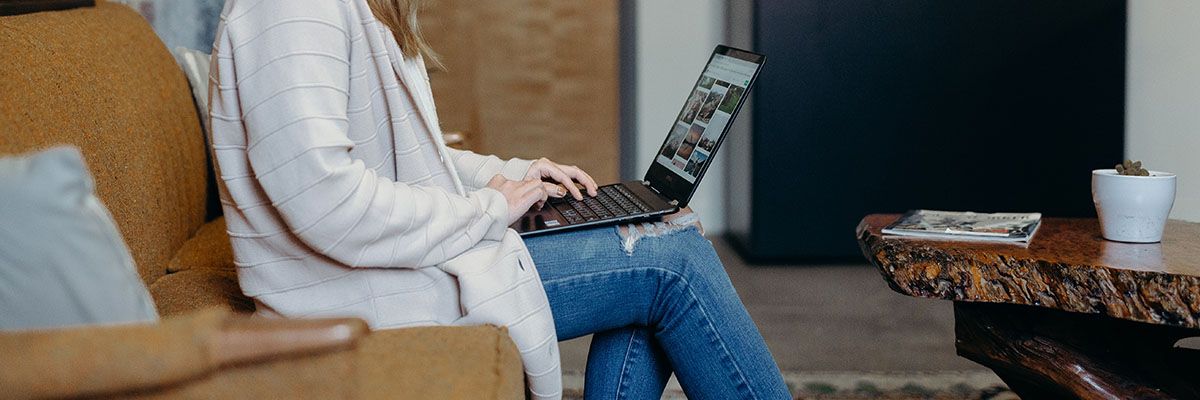Design your website so that it ranks!
It doesn’t matter how much money you spend on hiring a professional to design your website, nor does it matter how much time and energy you put into designing your own website. If it doesn’t rank well in the SERP (search engine results pages), no one is going to see it. And, if no one sees it, why have a website at all?
A lot of people are under the misconception that SEO (search engine optimization) is only about producing content regularly and strategically using the right keywords. These things are undoubtedly important to the online visibility of your website, but true SEO success starts with the design of your website itself.
There are so many aspects of your website that can affect its ranking in the SERP, from your content to the mobile responsiveness of your site.
Getting the design of your website right is an important part of the SEO puzzle. But, how do you design a website that pleases both search engines and users? Here are a few tips to help.

